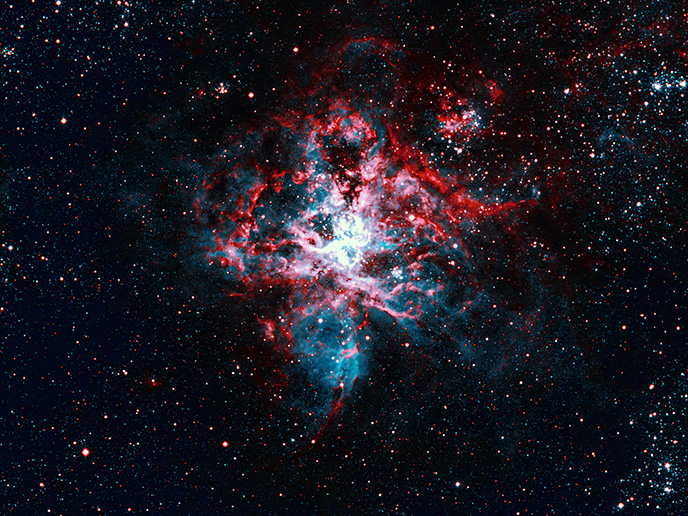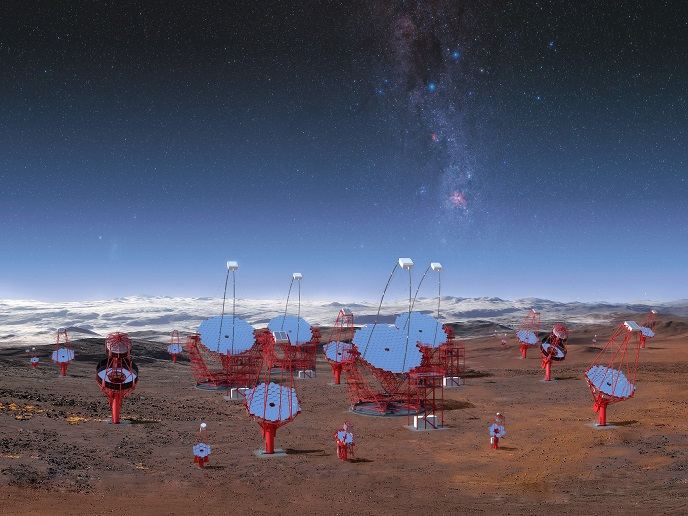New cosmological models could help us understand the inner workings of the known universe
One of the driving objectives in astrophysics research, now and in the coming decades, is to observe and precisely describe the distribution of galaxies and the evolution of space. Larger experiments will be able to scan and analyse vast expanses of space, generating huge amounts of data that could help us understand the universe's innermost workings. To analyse all this information and figure out the evolution of universal structures, researchers need updated statistical tools and theoretical models, something which the Horizon 2020 funded COSMOFLAGS project have been designing. Most EU cosmology investments in the near future will go toward two major experiments: Euclid, an advanced satellite funded by the European Space Agency and NASA; and the Square Kilometre Array, a globally coordinated network of radio telescopes – the largest such effort so far. These instruments will observe volumes of space tens or even hundreds of times larger than those previously monitored. They will look for clusters of galaxies that researchers can then analyse and describe. Data from these experiments will allow us to improve our understanding of gravity and will even let us peer into the complex physics that took place during the first moments after the universe was born. The COSMOFLAGS project developed the appropriate, precise, mathematical and physical modelling needed to analyse this data, and considered ways to combine the power of both experiments. By combining the experiments, the project opened up far more powerful research opportunities for scientists. The tools will be useful not just for European researchers, but for scientists around the world. "We demonstrated that some studies – including for example the way gravity works, and the nature of black holes – can be performed only when we combine different experiments," says Dr Alvise Raccanelli, a cosmologist at CERN and a lead researcher on the COSMOFLAGS project. Yet there is even more information locked up in even higher-order statistical patterns, such as three or more point correlation functions. These increase the probability of finding coordinated triplets, triangles constituting larger cosmological ‘shapes’. "It turns out that this key information locked in the three point function is extremely precious, revealing something about the fundamental physics at play at the birth of the Universe, as well as the fundamental nature of gravity," says Professor Licia Verde at the Universidad de Barcelona in Spain, the COSMOFLAGS project coordinator. "This is very complicated to model and measure, however, hence the effort from this project." On the purely scientific side, the team obtained the expected results, but they also built on those and opened up new interesting research paths. "In particular we combined different expertise in the group to start investigating synergies between galaxy surveys and gravitational wave detectors," says Dr Raccanelli. Dr Raccanelli is grateful to the European Research Council for believing in his research and funding it for those two years, the University of Barcelona and in particular Prof. Licia Verde for hosting the fellowship and helping with his research. “I think that a common European effort for research is fundamental to be competitive worldwide," he adds.







